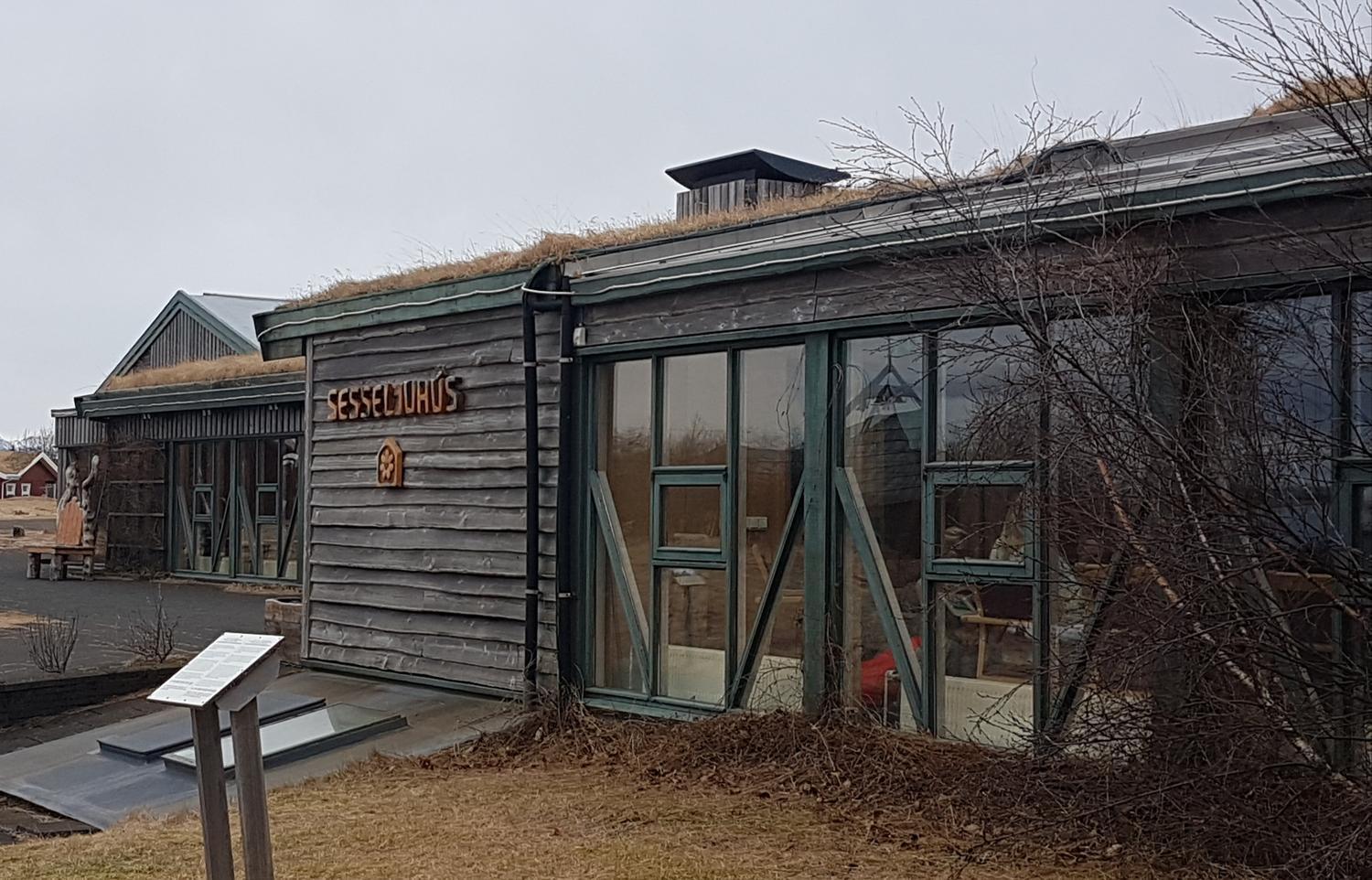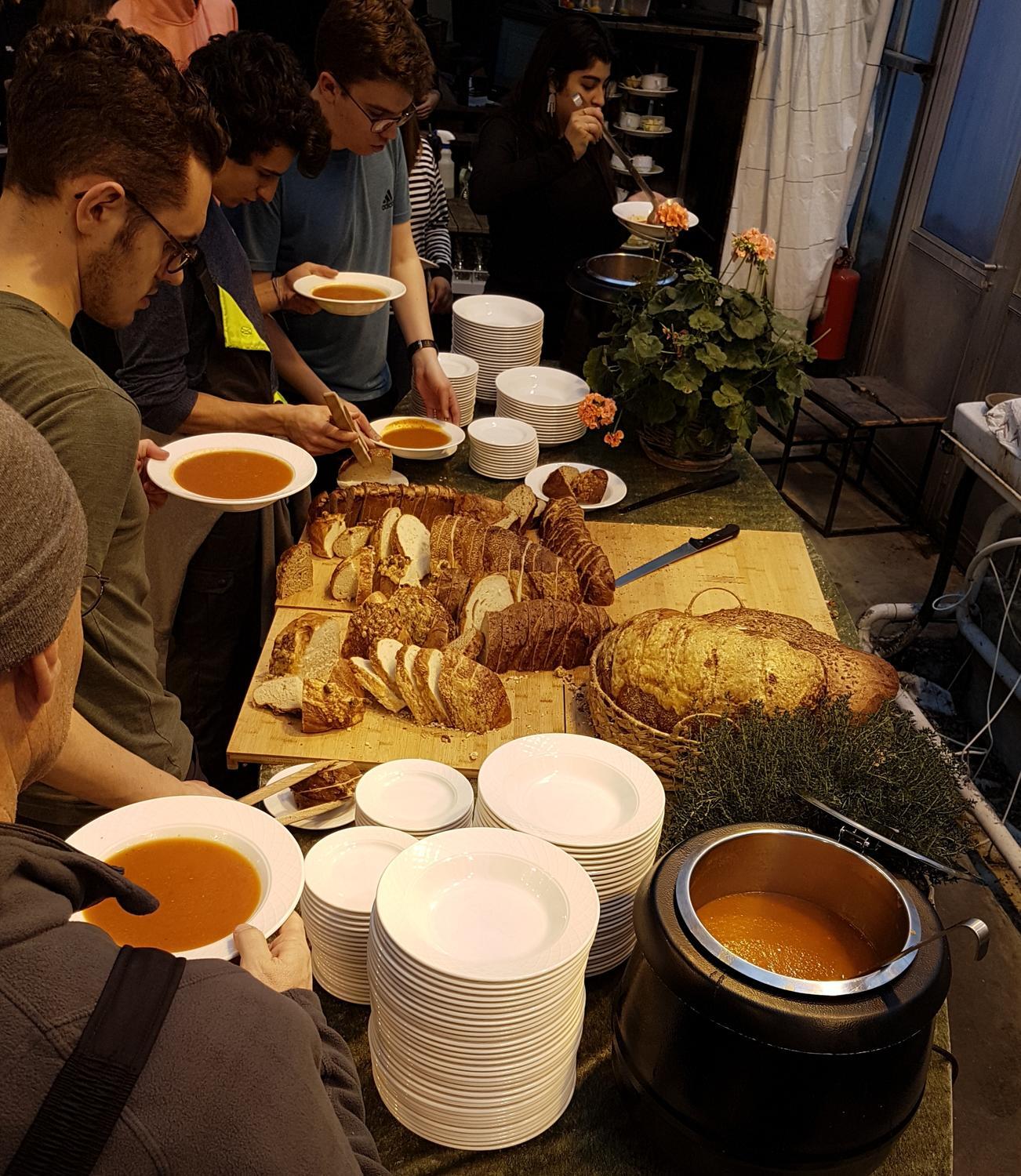
Tomato plants gnarled with age twisted up into the lights, awash in warm yellow. I breathed the humid air and closed my eyes. This was not a feeling from Iceland. The notoriously sun-loving and warm weather hungry tomato plant wouldn’t survive more than a few days in Iceland’s freezing wind and rain. Yet here at the Friðheimar greenhouse, which utilized geothermal water, we sipped tomato soup that had been on the vine not four hours earlier.
Iceland’s arctic climate makes it a challenging place for agriculture. Since settlement, however, the country has nurtured a rich agricultural heritage. Although it no longer looks like idyllic fields of wheat, Iceland’s farming system continues to prosper. At Sólheimar Ecovillage, an independent, self-sufficient community, Icelanders grow fresh lettuce, tomatoes, cucumbers, and basil. Friðheimar, the hip greenhouse/restaurant, serves the juiciest tomatoes I’ve ever had. These places feel less like rural Iceland and more like downtown Denver.
Agriculture in Iceland benefits from direct use geothermal power. Instead of routing geothermal steam through a turbine, some companies pipe the hot water straight to their customers. It heats homes, provides hot water, and melts snow on roads with an ingenious system of coiled pipes underneath. Best of all – it keeps greenhouse tomatoes at a balmy 70 degrees Fahrenheit.
Despite modern agricultural technology, Iceland still faces some of the same challenges it did eleven centuries ago. The wind depletes precious top soil by the tons. It strips off the thin layer of nutrients with ease, leaving only sand and bare rock. To make things worse, the soil is already in decline because most nitrogen-fixing crops don’t grow in Iceland. The Vikings didn’t start rotating crops to restore the soil until the 18th century, so most of the land is still healing from poor management.
At the Icelandic Soil Conservation agency, we saw some of the ecological tools Iceland is using to counteract this weathering. From planting lime grass to keep sand at bay to restoring Iceland’s forests that were pilfered down for firewood, Iceland is working hard to conserve their most precious resource.
We’re now in the small fishing village of Vík. Here, it’s not the wind that shapes the landscape but the waves. Racing up the basalt cliffs that keep the sea at bay, the waves remind me how dynamic Iceland is. On arrival, I saw Iceland as plains of snow and moss. Two days later, mountains and lakes. Now, glaciers and coastline. The landscape is indeed unforgiving, but that doesn’t mean it is unloving. From the fruits of the earth and sea to the pockets of welcome warmth from geothermal pools, Iceland’s gems are hidden in the ruff. And that makes them all the more worthwhile.


Follow all of the student ECS Blogs on Campus News.





